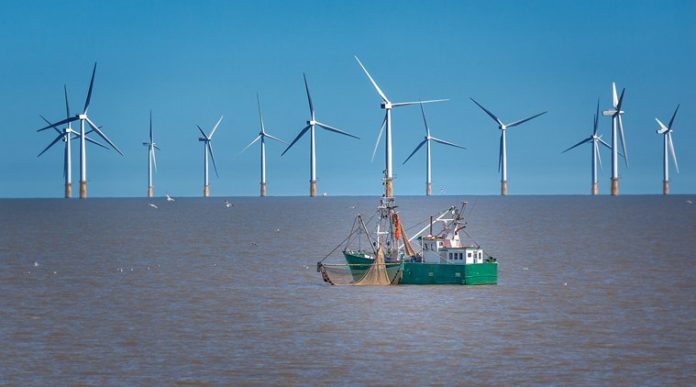New Delhi (NVI): The offshore wind industry has been less impacted by Covid-19 as compared to other energy sectors, demonstrating its viability to be a key driver for a global green recovery, finds a new report by Global Wind Energy Council (GWEC).
Offshore wind is being seen as a major contributor to post-COVID economic recovery by governments around the world, according to the Global Offshore Wind Report by GWEC.
.@GWECGlobalWind‘s new report, #GOWR2020, finds that the #offshorewind industry could generate 900,000 #greenjobs through 2030, demonstrating its potential to drive a lasting and sustainable #GreenRecovery ? https://t.co/l2sSuIs1uE #RecoverBetter pic.twitter.com/IEZxQJvfVc
— IRENA (@IRENA) August 7, 2020
Offshore wind has been less impacted by the pandemic compared to other energy sectors, as per the GWEC Market Intelligence data. The GWEC report has attributed this to continued growth which would further generate 900,000 jobs in the industry over the next decade.
The report also finds that 2019 was a record year for offshore wind. With 6.1 GW of new capacity added, 2019 was the best year in history for the global offshore wind industry, bringing total global cumulative installations to 29.1 GW.
China remains in the number one spot for the second year in a row for new installations, installing a record 2.4 GW, followed by the UK at 1.8 GW and Germany at 1.1 GW, as per the findings.
Apart from that offshore wind will surge to over 234 GW by 2030, led by Asia-Pacific. GWEC Market Intelligence forecasts that through 2030, more than 205 GW of new offshore wind capacity will be added globally, including at least 6.2 GW of floating offshore wind.
This represents a 15 GW increase from the forecasts in GWEC Market Intelligence’s pre-COVID forecast, demonstrating the resilience of the sector to play a major role in powering both the energy transition and a green recovery, says the report.
In addition to this, technology innovation will be key to driving growth in the sector. Floating offshore wind will reach full commercialisation by 2030 with at least 6 GW installed globally. Turbine technology is also set to improve in both efficiency and resilience, resulting in LCOE reductions and increased adoption.
Other innovations such as Power-to-X will also play a key role in opening new market opportunities for offshore wind and decarbonising our energy systems, the report finds.
-ARK








